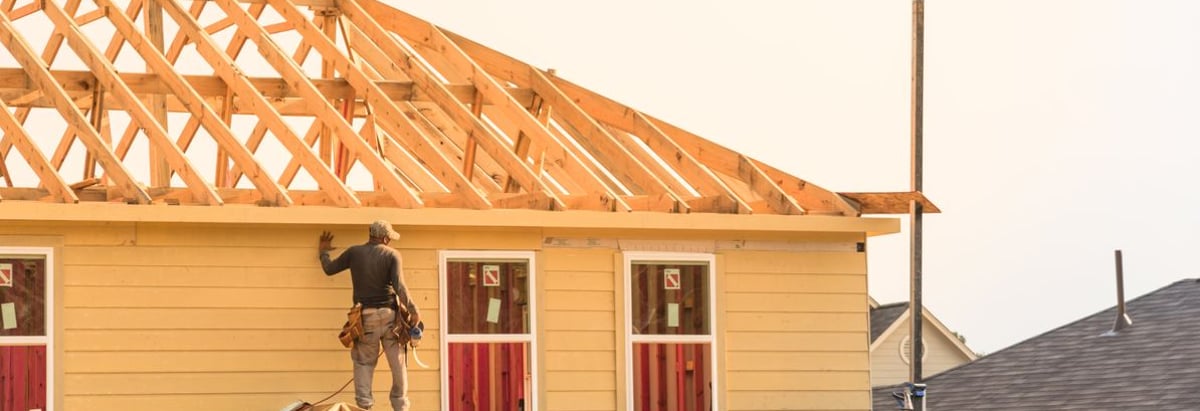
Today we'll evaluate Trisul S.A. (BVMF:TRIS3) to determine whether it could have potential as an investment idea. Specifically, we're going to calculate its Return On Capital Employed (ROCE), in the hopes of getting some insight into the business.
First of all, we'll work out how to calculate ROCE. Next, we'll compare it to others in its industry. Then we'll determine how its current liabilities are affecting its ROCE.
What is Return On Capital Employed (ROCE)?
ROCE measures the 'return' (pre-tax profit) a company generates from capital employed in its business. Generally speaking a higher ROCE is better. Overall, it is a valuable metric that has its flaws. Author Edwin Whiting says to be careful when comparing the ROCE of different businesses, since 'No two businesses are exactly alike.
So, How Do We Calculate ROCE?
The formula for calculating the return on capital employed is:
Return on Capital Employed = Earnings Before Interest and Tax (EBIT) ÷ (Total Assets - Current Liabilities)
Or for Trisul:
0.10 = R$139m ÷ (R$1.7b - R$369m) (Based on the trailing twelve months to September 2019.)
Therefore, Trisul has an ROCE of 10%.
Check out our latest analysis for Trisul
Does Trisul Have A Good ROCE?
One way to assess ROCE is to compare similar companies. Using our data, we find that Trisul's ROCE is meaningfully better than the 7.8% average in the Consumer Durables industry. I think that's good to see, since it implies the company is better than other companies at making the most of its capital. Setting aside the industry comparison for now, Trisul's ROCE is mediocre in absolute terms, considering the risk of investing in stocks versus the safety of a bank account. Readers may find more attractive investment prospects elsewhere.
In our analysis, Trisul's ROCE appears to be 10%, compared to 3 years ago, when its ROCE was 2.8%. This makes us wonder if the company is improving. The image below shows how Trisul's ROCE compares to its industry, and you can click it to see more detail on its past growth.

Remember that this metric is backwards looking - it shows what has happened in the past, and does not accurately predict the future. Companies in cyclical industries can be difficult to understand using ROCE, as returns typically look high during boom times, and low during busts. This is because ROCE only looks at one year, instead of considering returns across a whole cycle. Since the future is so important for investors, you should check out our free report on analyst forecasts for Trisul.
How Trisul's Current Liabilities Impact Its ROCE
Short term (or current) liabilities, are things like supplier invoices, overdrafts, or tax bills that need to be paid within 12 months. The ROCE equation subtracts current liabilities from capital employed, so a company with a lot of current liabilities appears to have less capital employed, and a higher ROCE than otherwise. To check the impact of this, we calculate if a company has high current liabilities relative to its total assets.
Trisul has total assets of R$1.7b and current liabilities of R$369m. Therefore its current liabilities are equivalent to approximately 22% of its total assets. It is good to see a restrained amount of current liabilities, as this limits the effect on ROCE.
Our Take On Trisul's ROCE
That said, Trisul's ROCE is mediocre, there may be more attractive investments around. Of course, you might find a fantastic investment by looking at a few good candidates. So take a peek at this free list of companies with modest (or no) debt, trading on a P/E below 20.
I will like Trisul better if I see some big insider buys. While we wait, check out this free list of growing companies with considerable, recent, insider buying.
If you spot an error that warrants correction, please contact the editor at editorial-team@simplywallst.com. This article by Simply Wall St is general in nature. It does not constitute a recommendation to buy or sell any stock, and does not take account of your objectives, or your financial situation. Simply Wall St has no position in the stocks mentioned.
We aim to bring you long-term focused research analysis driven by fundamental data. Note that our analysis may not factor in the latest price-sensitive company announcements or qualitative material. Thank you for reading.
About BOVESPA:TRIS3
Trisul
Engages in the construction and development of real estate properties in Brazil.
Undervalued with excellent balance sheet and pays a dividend.
Market Insights
Community Narratives


